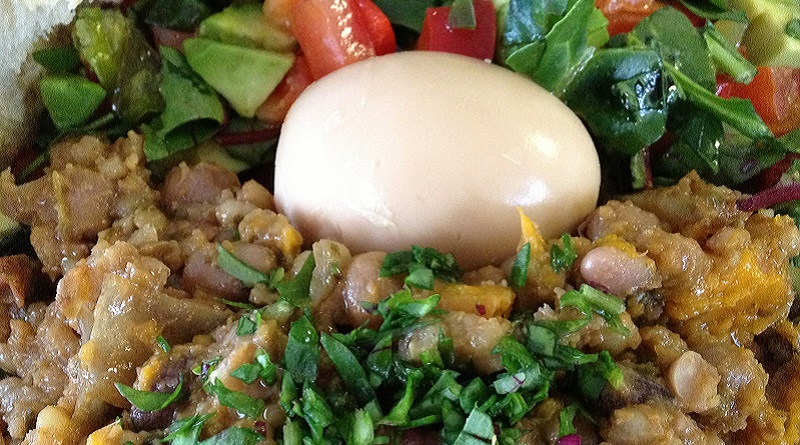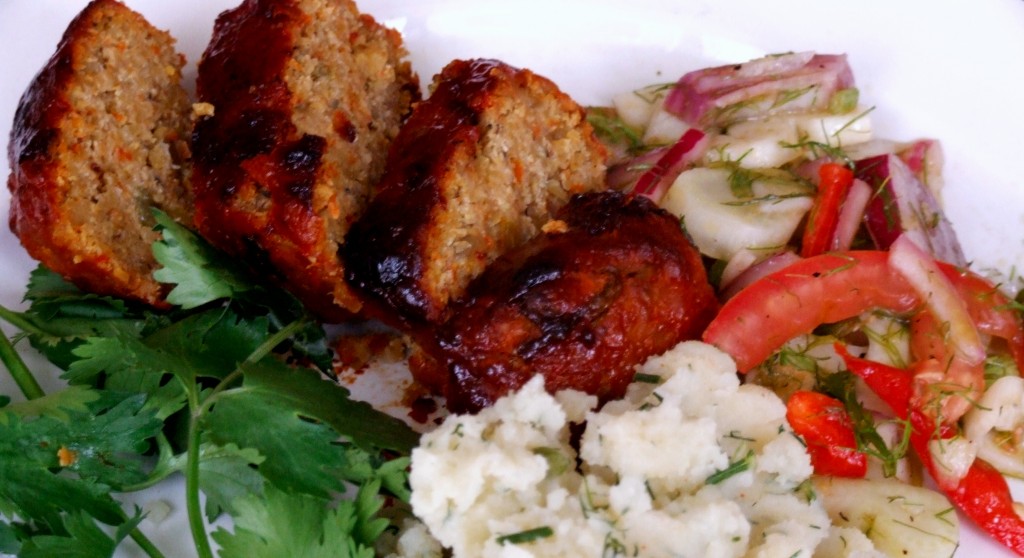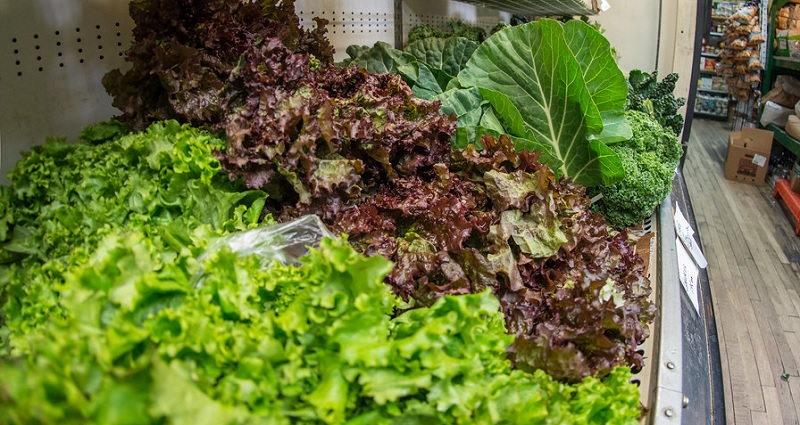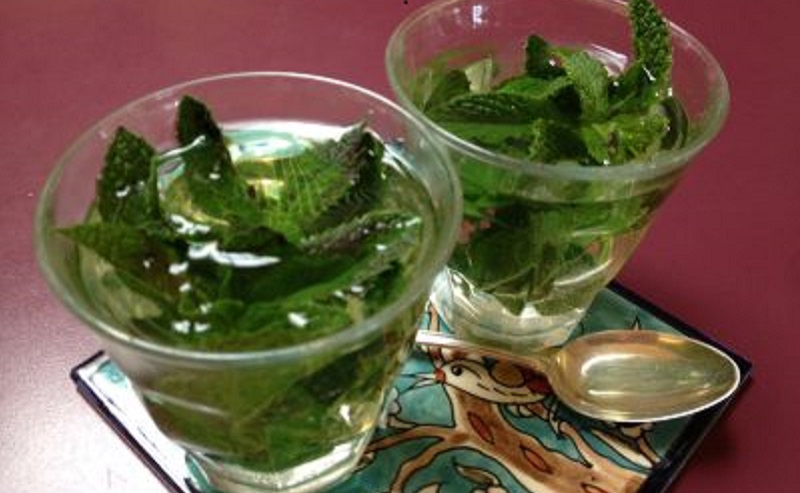This post is an edited version of one published in The FOODshed Coop blog.
Cooperation is a valuable human ability. Without cooperation, the human enterprise cannot fulfill its potential. Food coops are great models for cooperation and the results it can achieve.
Cooperation: A Most Valuable Lesson
I have learned many things from the experience of owning a cafe. My most important lesson is that putting good and wholesome food on a table is by nature a cooperative venture. Even if we imagine ourselves to be independent, we are not. I believe that recognizing our interdependence and building on it makes us better.
As my son, Jeremy, recently wrote in his 3D printing blog, amazing things happen from sharing resources and cooperation. On the one hand, changes to big systems begin slowly and through small efforts. On the other hand, for these changes to have a real and lasting impact, they must become cooperative ventures.
Changes to big systems like the food supply chain or public health need more than a cafe here or a business there. For full effect, solutions must come through cooperation and sharing among like-minded individuals, businesses, and organizations.
No One Is An Island
Until the recent economic downturn, I was privileged not to worry much about grocery bills from week to week. I raised a family on mostly organic food, for a period of time from my own garden. I was also blessed in being a stay-at-home mom during my kids’ early years. This meant I could take the time to read about health and search for good recipes. Most importantly, I could make all of our meals at home from whole foods. I was able to maintain the illusion that in my efforts, I was independent.
Now I work many hours, like so many folks out there. I learned how difficult and exhausting it can be to have to worry about pennies and dimes. I learned how challenging it can be to work long hours and still plan a healthy menu of home-cooked meals, shop for them, and cook them. And purchasing those beautiful organic and specialty items I was no longer able to grow or gather? Forget it! Here, too, were lessons about the importance of cooperation. My experience was a reminder that when it comes to food, independence is indeed an illusion.
Still, I had the advantage of what I learned during those years when I was a stay-at-home mom. I learned a lot from planting and caring for my large organic garden and experimenting with cooking. I found things I loved to eat that were usually easy to make. Best of all, I learned to bring healthy foods to people who didn’t share my passion for veggies. In addition, my vegetarian meals were usually comparatively economical even when opting for high-quality ingredients over cheaper processed items.
A Food Business Certainly Isn’t An Island
When I ended up in the restaurant business, I wanted to share what I had learned with others. I wanted to make the same healthy, economical foods in my cafe that I learned to make at home. My cafe would be vegetarian, so I assumed that it would be easy to keep food costs down. I imagined I would be able to make a small but sufficient living. I would just cook from scratch with whole foods as I had done at home. Then I would serve it up to people, no problem.
Right.
Anyone who has had anything to do with the food business probably knows how naive that thought was. The food business is difficult under any circumstances. It is more difficult for someone with no business background or background in the food industry. In today’s world, there are special challenges to doing what I wanted to do.
Food Businesses Demand Cooperation On Many Levels
I want to prepare and serve delicious food, wholesome food, prepared from scratch with love. I wanted minimal and highly selective use of those ingredients that come from food factories. I wanted to do that in a way to make the food affordable for my customers. Good food, whole food made from scratch that is low-cost? At some distance from major cities? An oxymoron, perhaps?
Here are the special challenges of running a cafe featuring unprocessed vegetarian foods at some distance from a major city:
- Not as many products are available locally as are available closer to the city.
- Vendors don’t deliver to smaller operations at a distance from urban centers.
- Preparing all fresh food from produce is labor-intensive. I hoped to do it myself. I can’t. Imagine cooking for a party of 60 or more people every day — and doing it as the guests are arriving!
It costs a lot to run a food business, even a vegetarian cafe featuring unprocessed foods. Perhaps especially a vegetarian cafe featuring unprocessed foods. Processed items are a ubiquitous part of our nationwide food supply chain. Being off the beaten track either geographically or conceptually costs. We struggle to make ends meet, especially during the long, cold Midwestern winters. So I should raise my prices, right? But then I can’t fulfill my commitment to creating affordable wholesome food for my customers.
Food Solutions for the Wealthy
It occurred to me at some point that many food solutions currently out there are solutions only for the wealthy: organic foods, small specialty food operations like my own. Recently I saw an organic food delivery business – a great idea for those who can afford it. I saw an indoor aeroponics system, another great idea for year-round home-growing for seed-to-table foods. Also costly.
Yet one out of every five children in this country is living in poverty. People in the Delta region of this country have a 10 year lower life expectancy than the rest of us. One of the biggest factors in that is lack of access to wholesome food.
Cooperatives: A Path to Change for Everybody
A couple of months ago, I was privileged to host a movie called Food for Change, a film that explores the development of the cooperative movement in the United States with a focus on food. It’s hard to describe the impact this film had on me the two times I viewed it. It portrays a world I want to live in, a world based on cooperation more than self-interest.
As the movie unfolded, I recognized it as a giant step toward resolving our food supply problem. A food cooperative is a system where each participant is an important part of the whole. Each participant both benefits and contributes. An assumption behind food cooperatives is that each must benefit. Each must have a sustainable position in the overall economy of the cooperative. This kind of cooperation is locally based so presents an effective model for areas that are remote from large cities. The principle of local cooperation celebrates our food interdependence from seed to table.
The movie was shown as part of a membership drive for a McHenry County food cooperative. The Food Shed (www.foodshed.coop) will open at a future date when it gathers enough funding. I am very excited about this effort and see it as a way to make wholesome food available and affordable to everyone in this country.
As my son said in his 3D printing blog, amazing things happen when people cooperate!

















